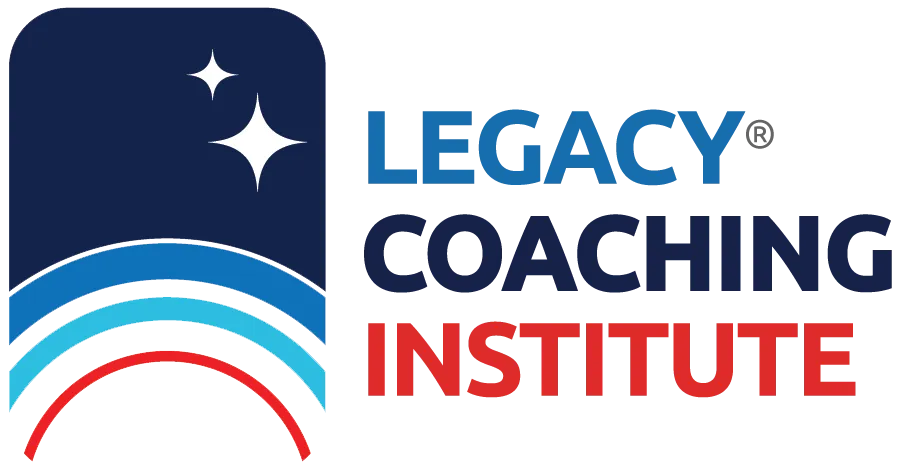What Are Coaching Agreements?
Agreements are the heart of the relationship between the coach and the client.
They are essential for the success of the coaching process and the partnership.
There are four differences between the existing and the updated version of the core competencies. First, in the previous competency, there was nothing mentioned about the stakeholders in the partnership, however, the updated version states that the stakeholders, such as HR or coachee’s supervisors are involved in the coaching partnership.
The second difference is that the updated version specifies determining and setting agreements with the coachee on the outcome that he/she would like to achieve in order to set a plan that meets their expectations.
Last but not least, the updated version of the agreements discusses the compatibility and chemistry between the coach and the client while the previous model does not as it is a key ingredient to the success of any coaching partnership.
Lastly, the updated version explores what possible outcome the coach and the Coachee/ Client would like to achieve together during the time of their partnership.
1.During the Contracting
When the coach is able to cover everything during this stage then it should be done. When the coach is able to facilitate aligned objectives of the coachee and the sponsor.
The coach is able to define coaching in his own words and not be jargonistic and in a way that the client and the stakeholder can understand and relate to without just reciting the ICF definition.
When the coach is able to provide a conversational discussion to show the mastery of coaching.
2- During the coaching session
When the coach is able to help the coachee gain clarity of his real issue and is able to determine what the coachee wants to accomplish.
Usually, the outcome that the coachee wanted from the conversation changes along the way or the coaching session.
If the coach catches the trick then he is able to open all his senses to receive the person through his sensory acuity. Listening to his assumptions, aspirations, beliefs, and emotions helps the coach to reflect back to the coachee so he gains awareness to determine what he is really looking for.
Usually, coaches are struggling when they miss out on something or do not cover everything in the agreement.
Most importantly, the coach must create alignment between the coachee and the sponsor and the roles and what can be reported and what can’t be reported.
When someone is struggling in his competency it is because they are concentrating on the process and not the coachee.
The coach is not able to sense or feel or listen to what the coachee is looking to achieve as an outcome of the coaching conversation.
The mind of the coach is only following the process but not helping the client gain clarity on what he really wants. Issue vs commitment toward fixing the issue itself.
